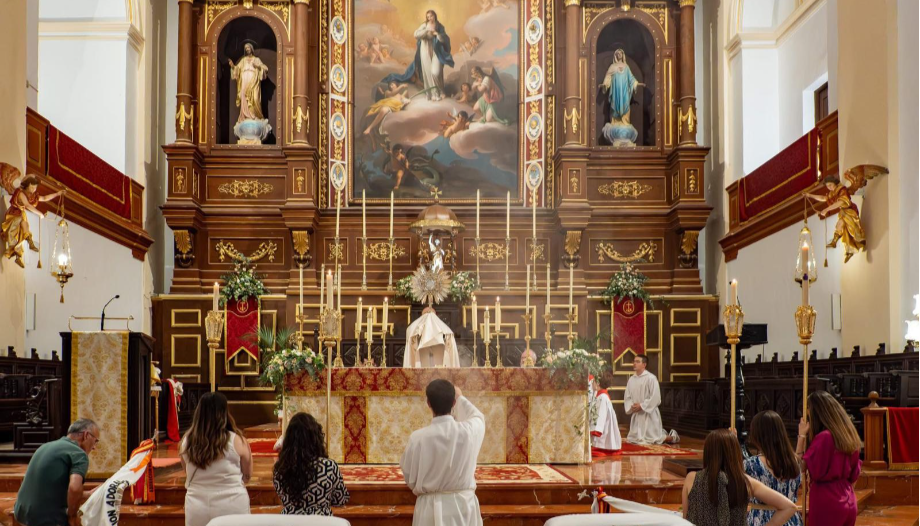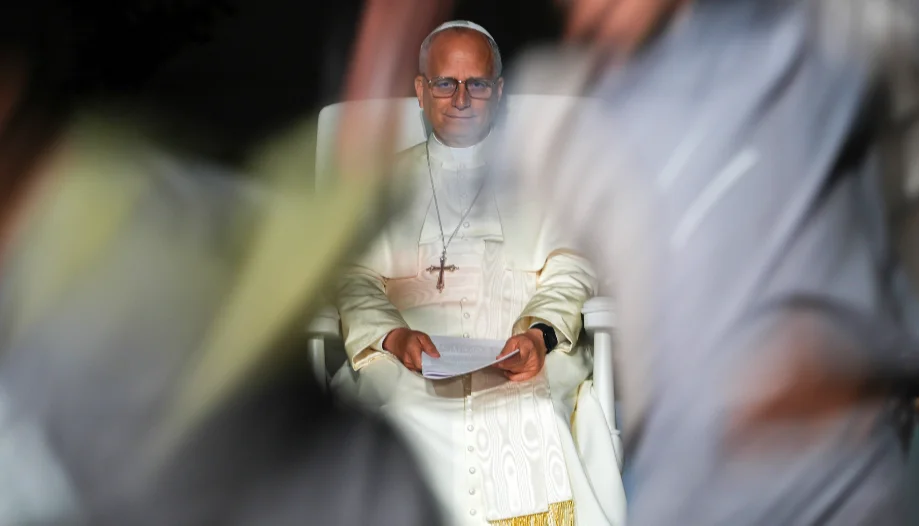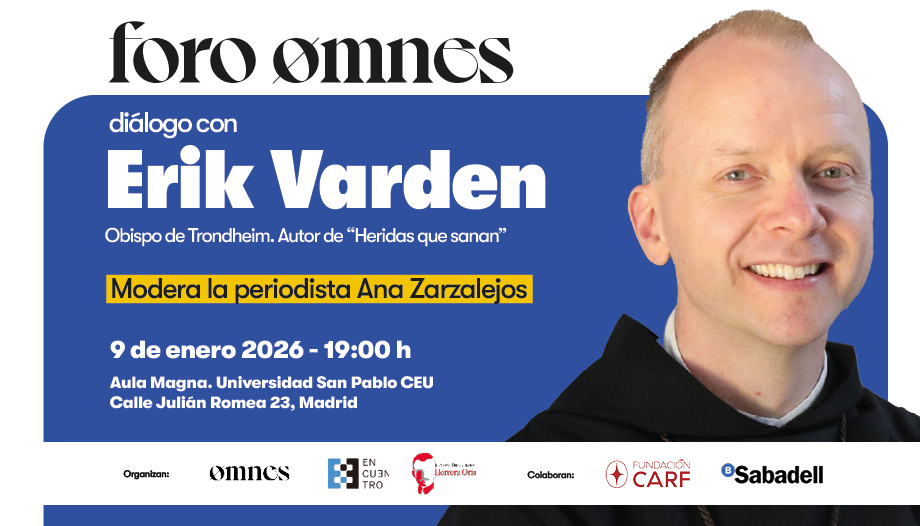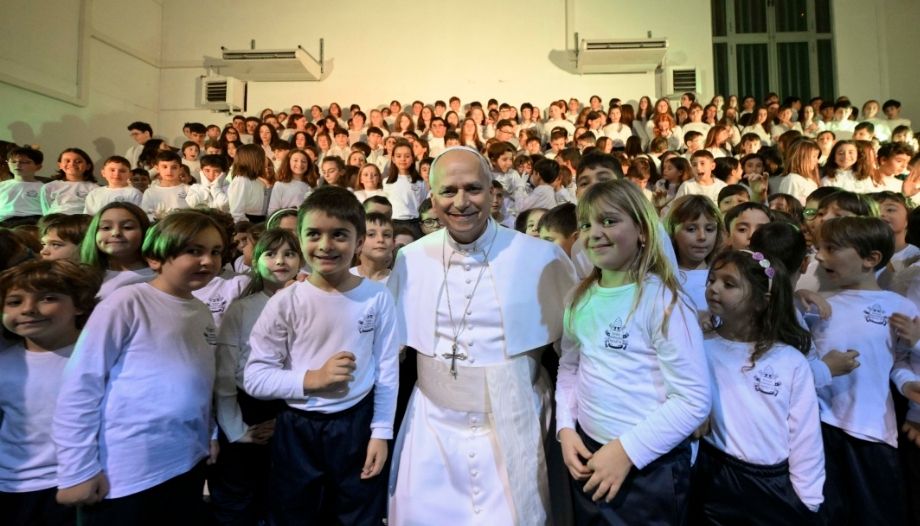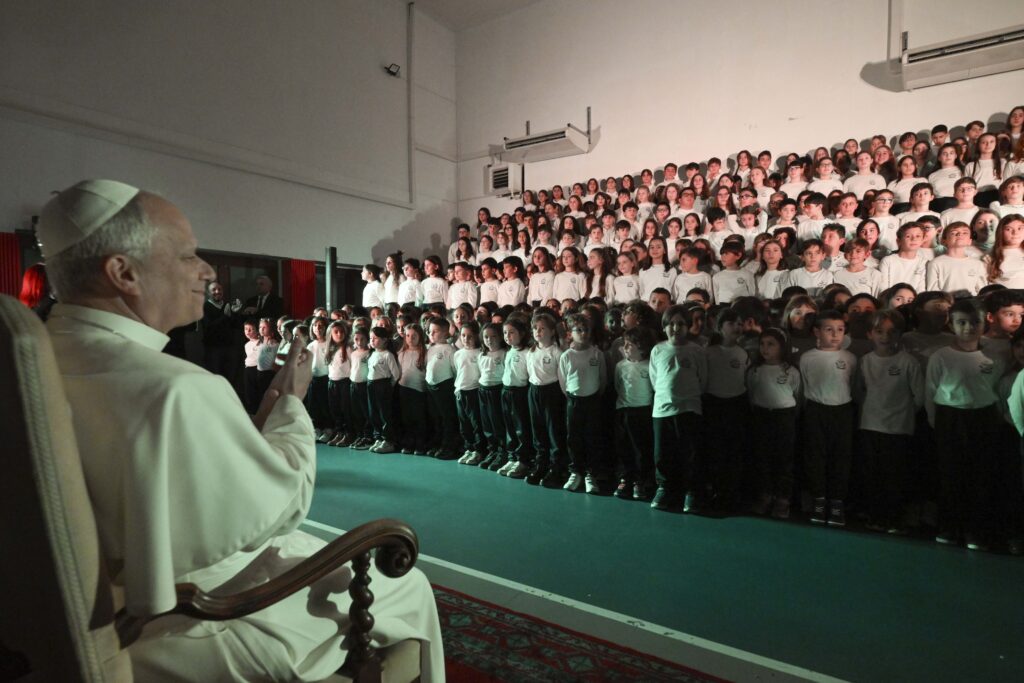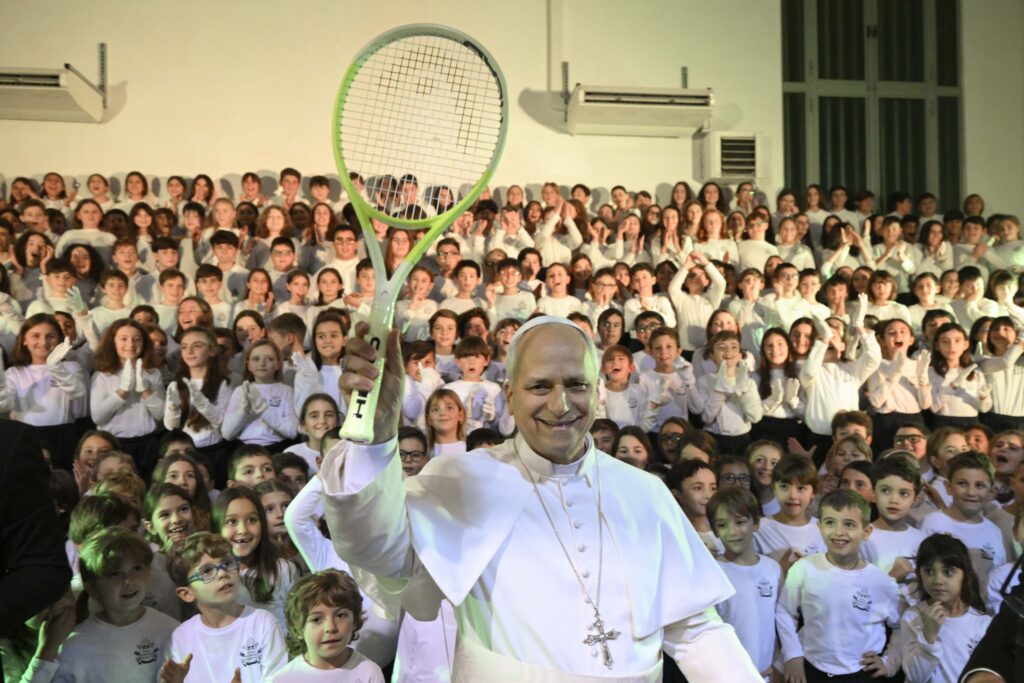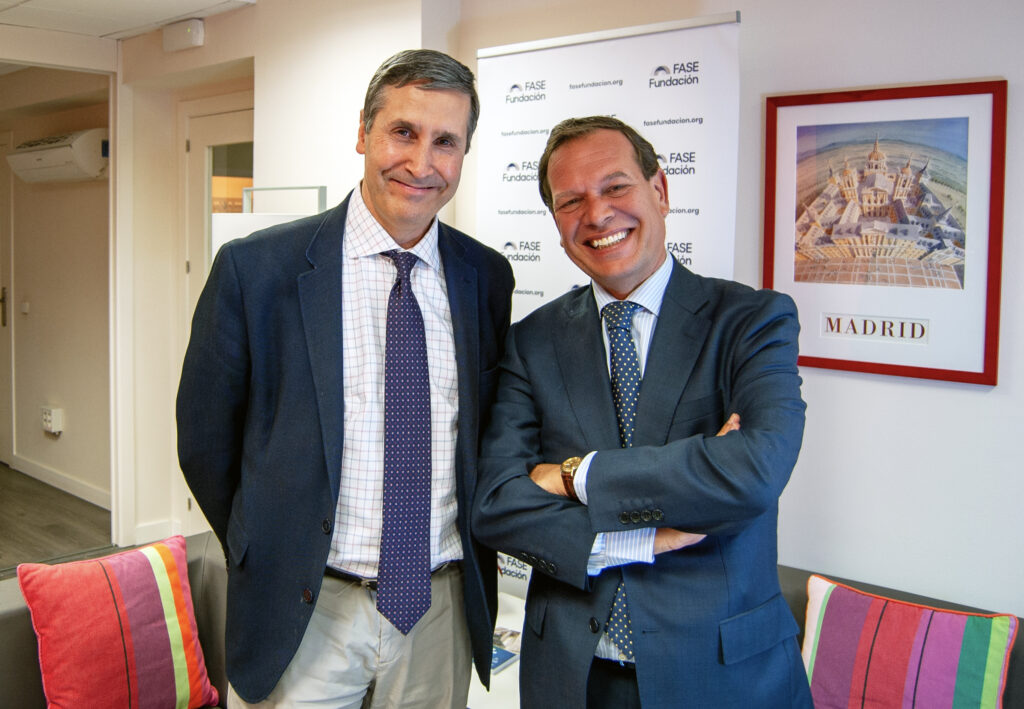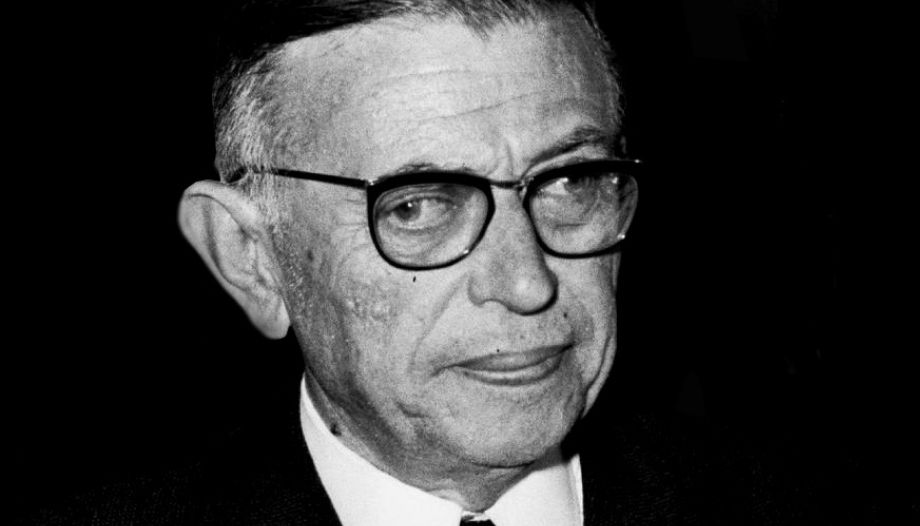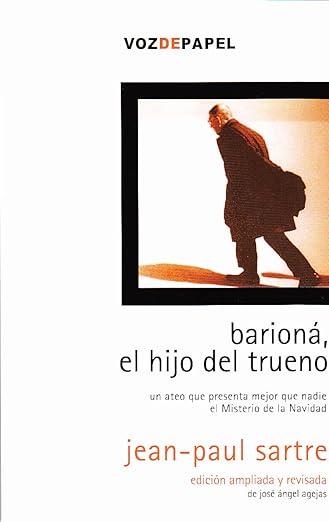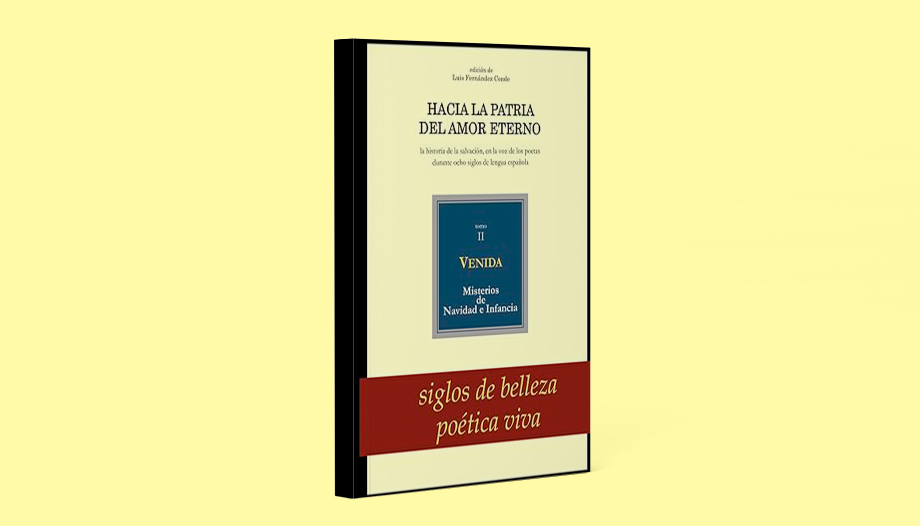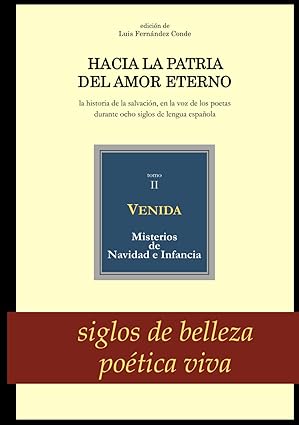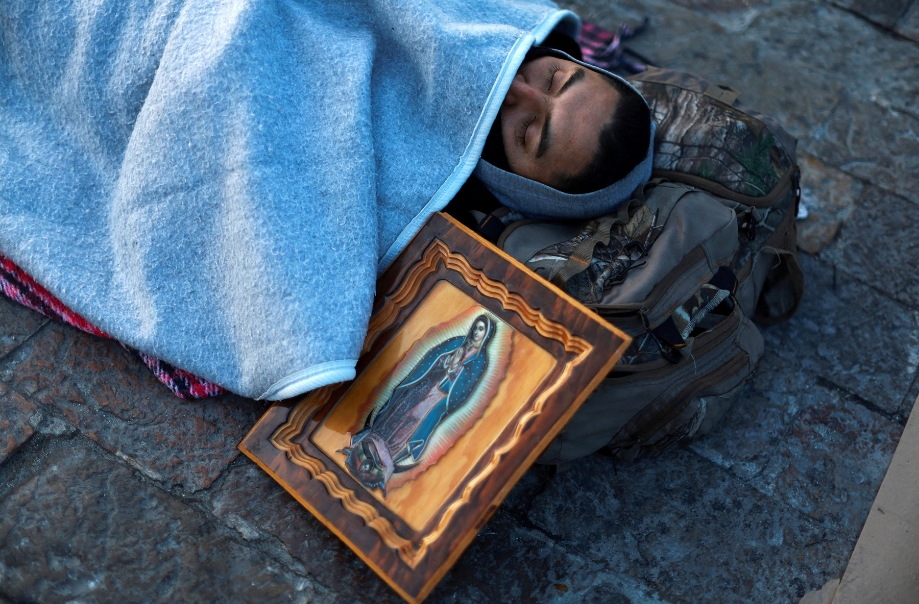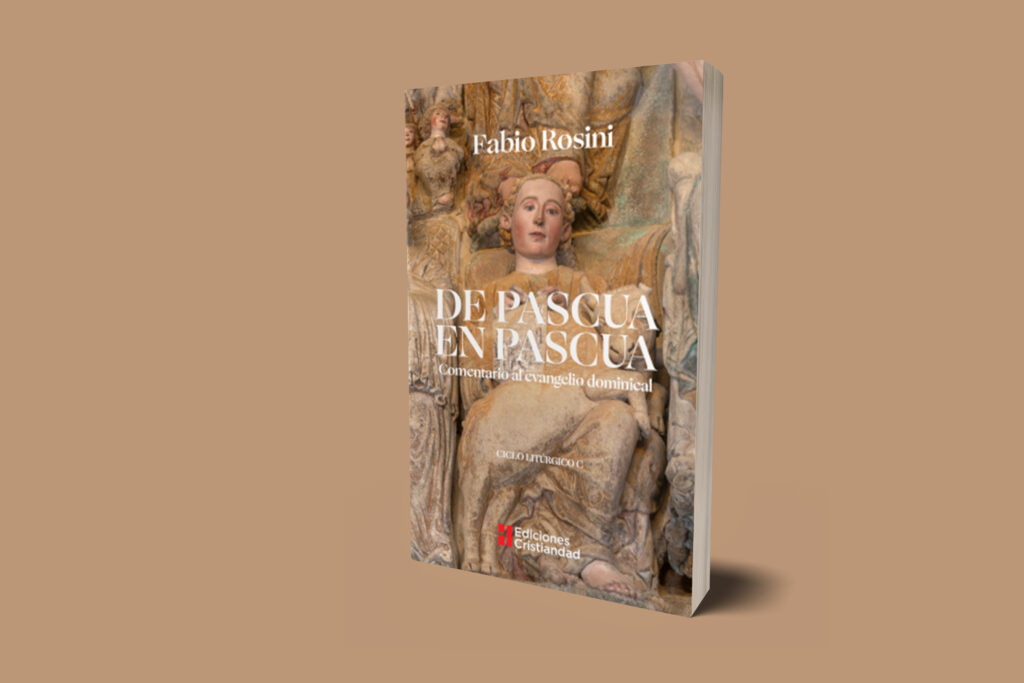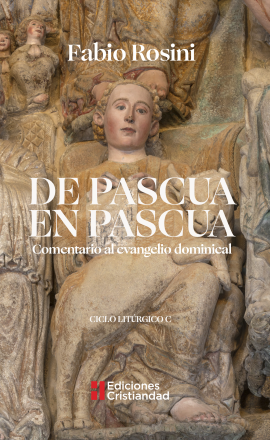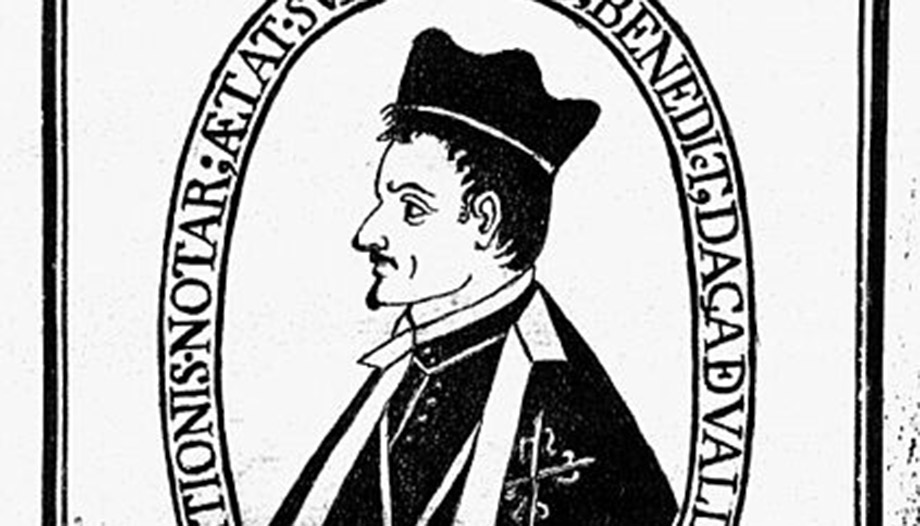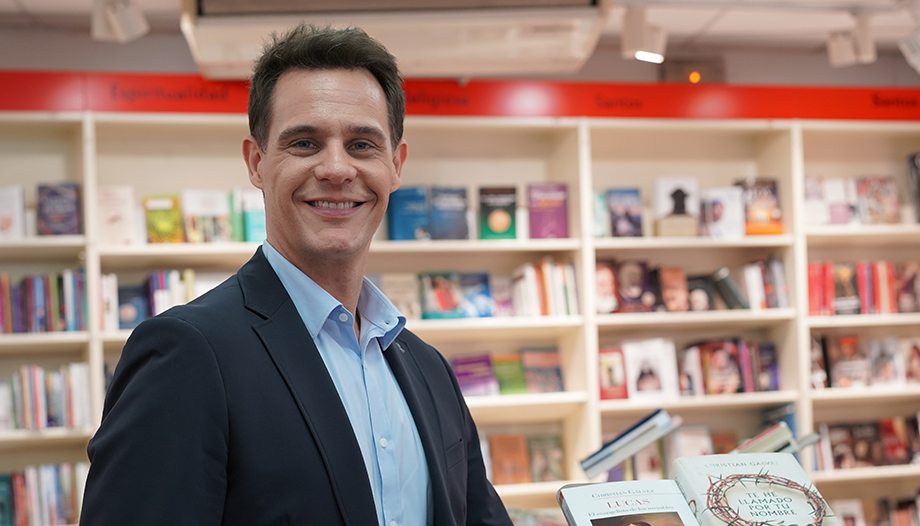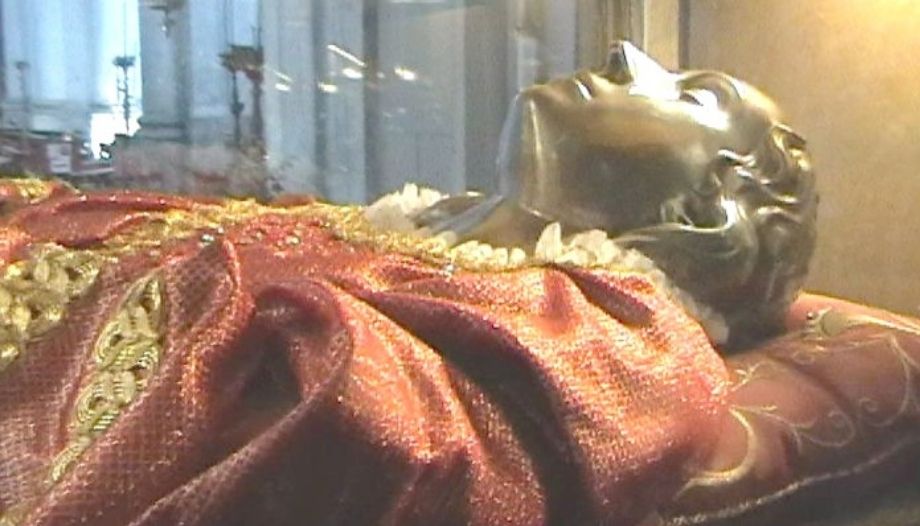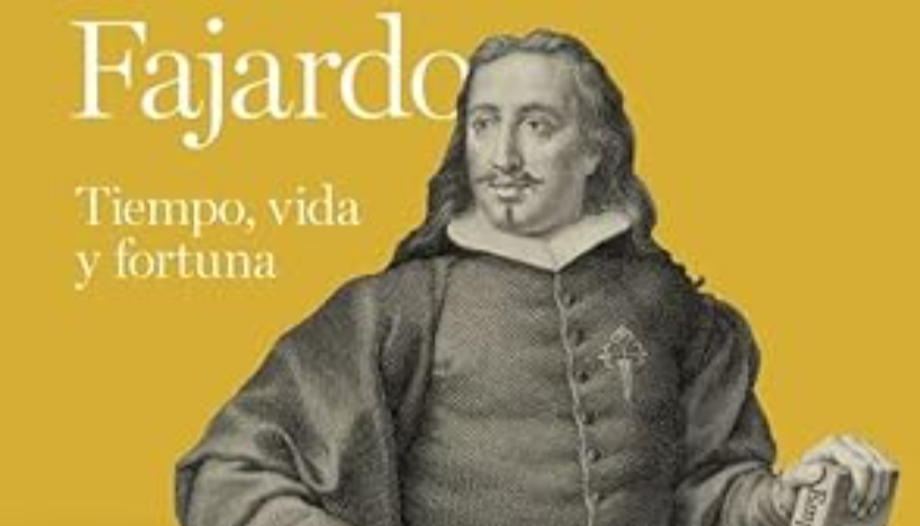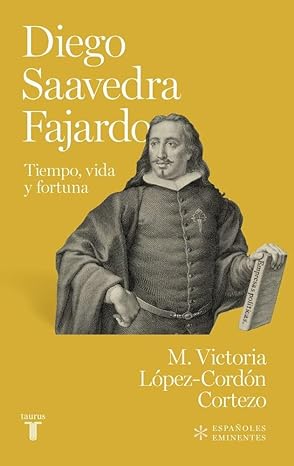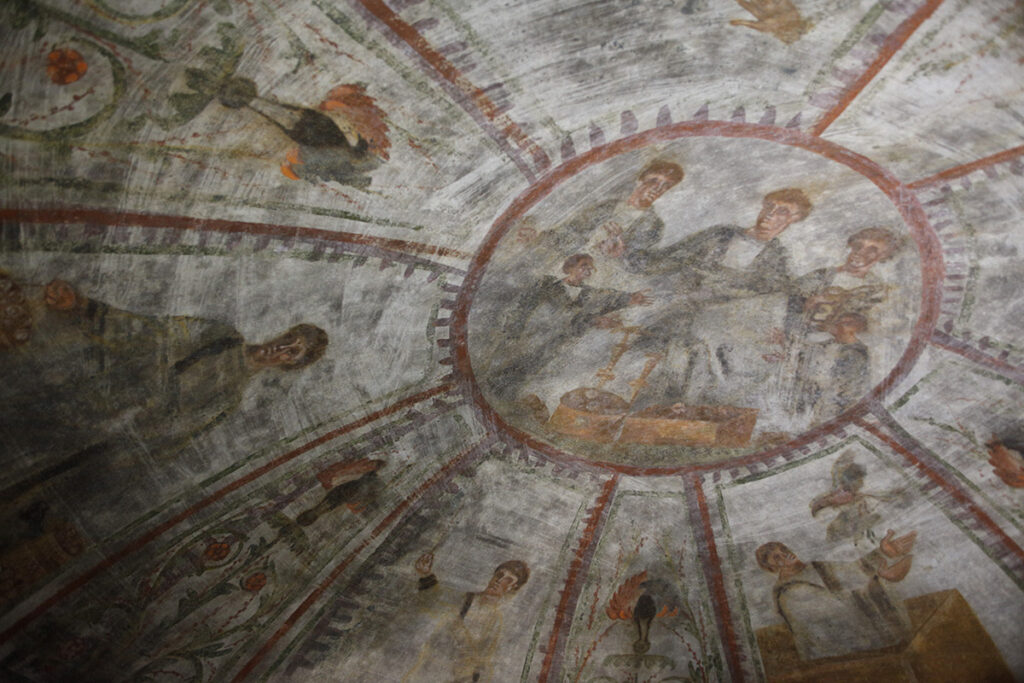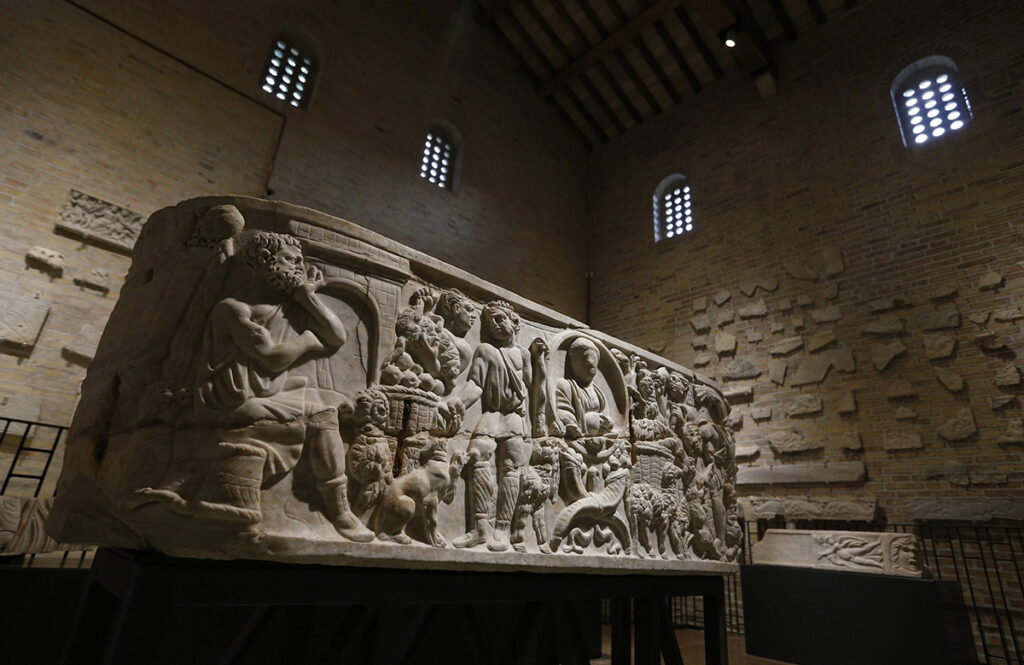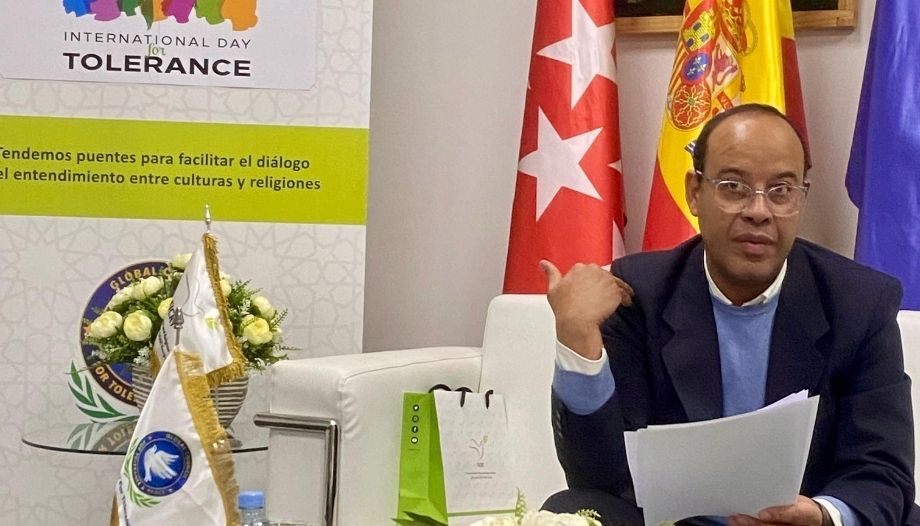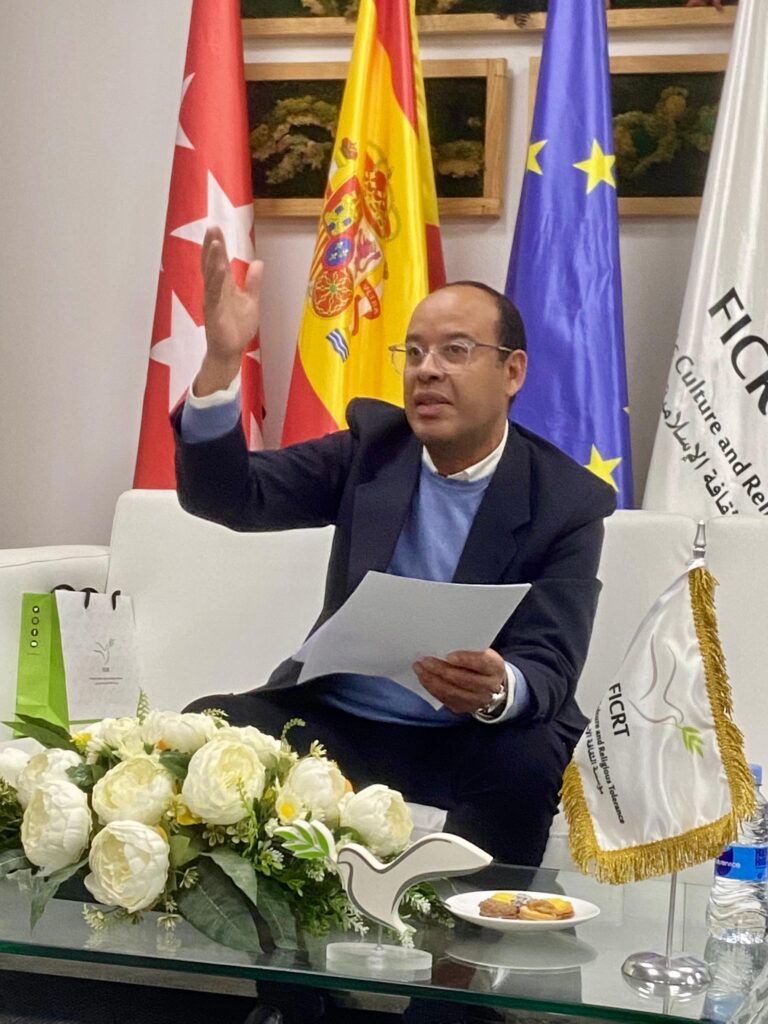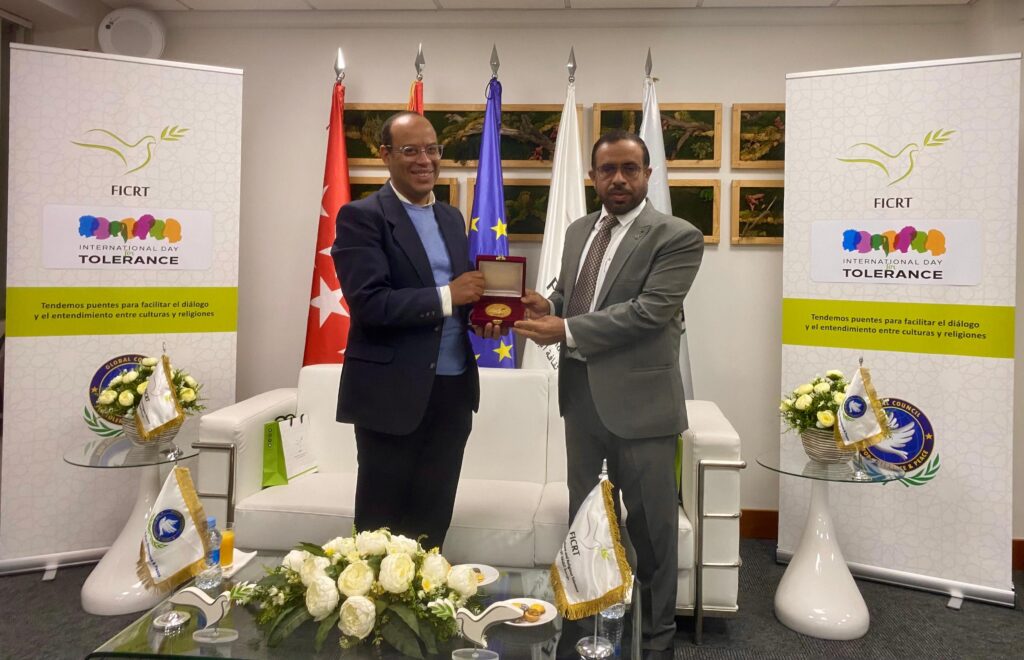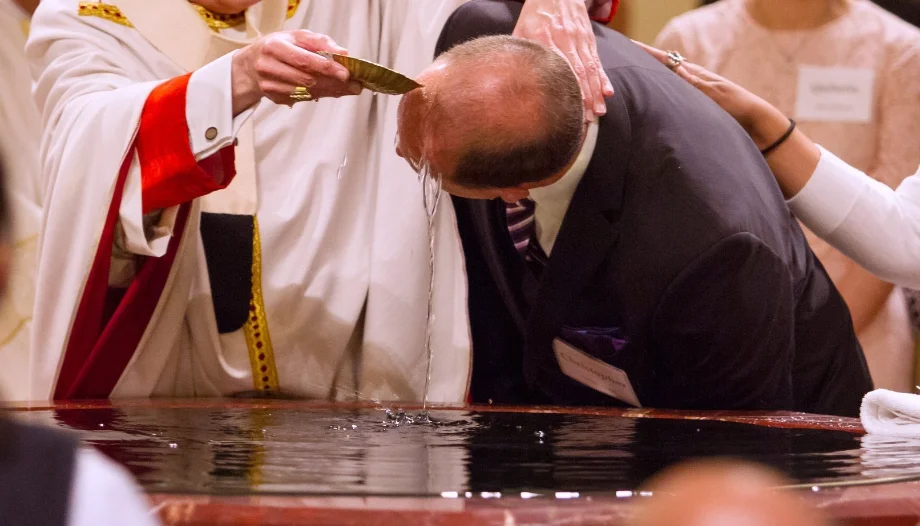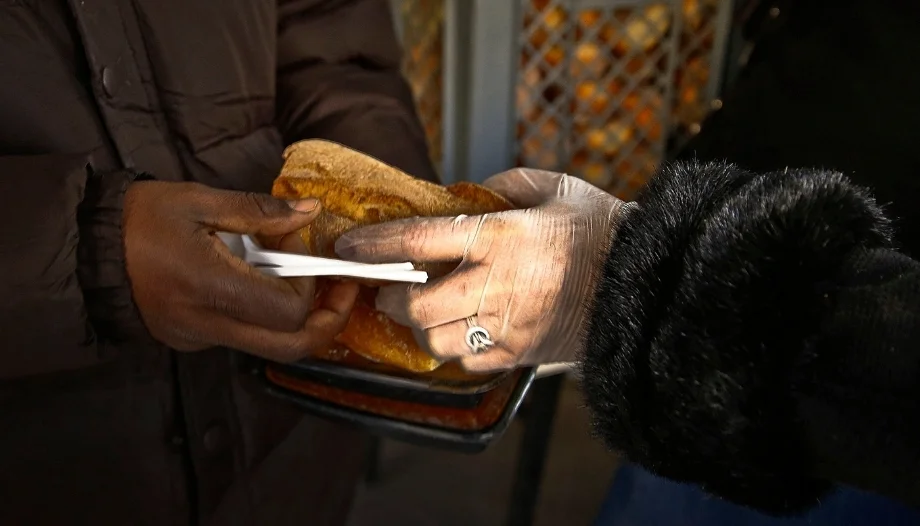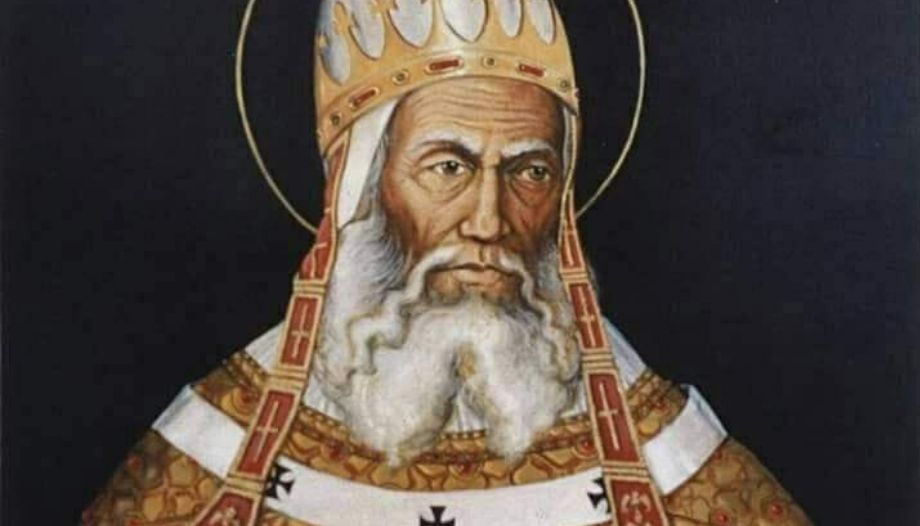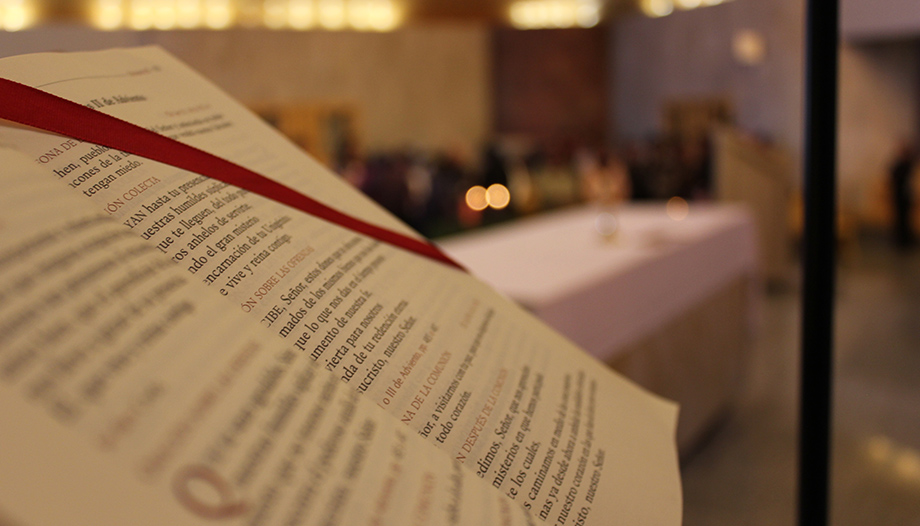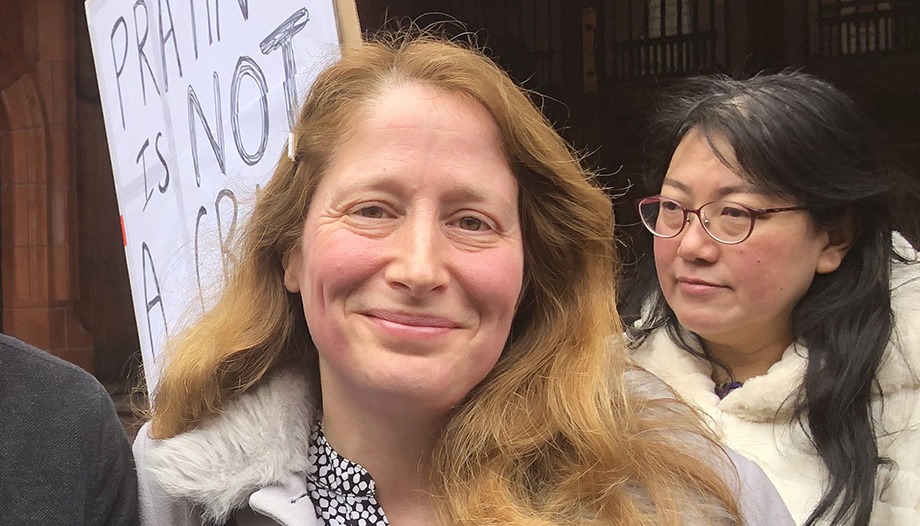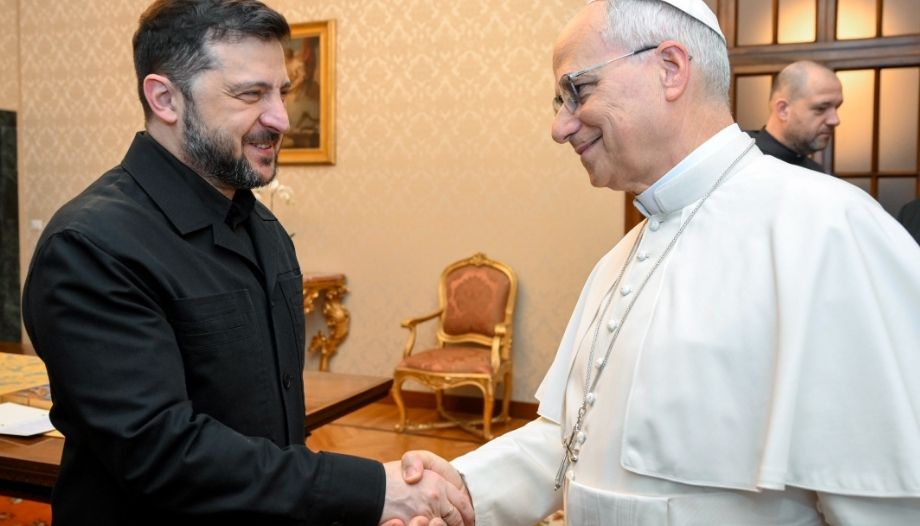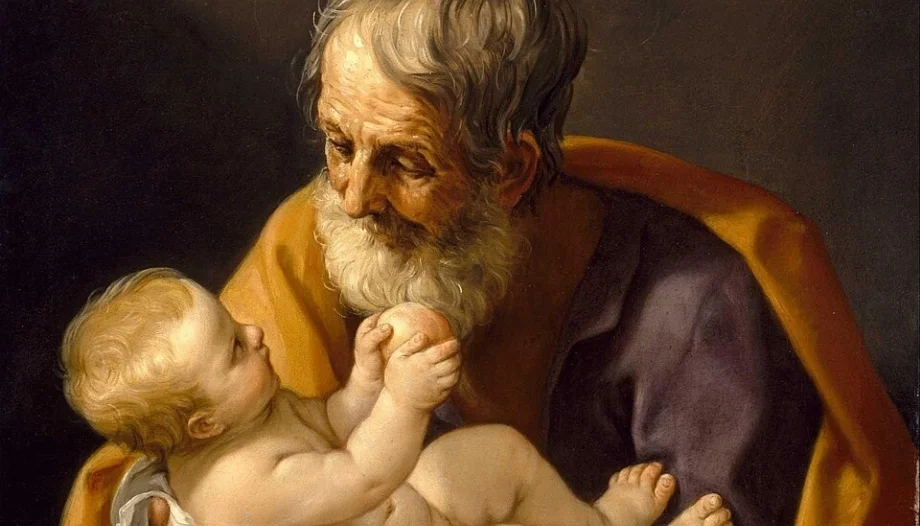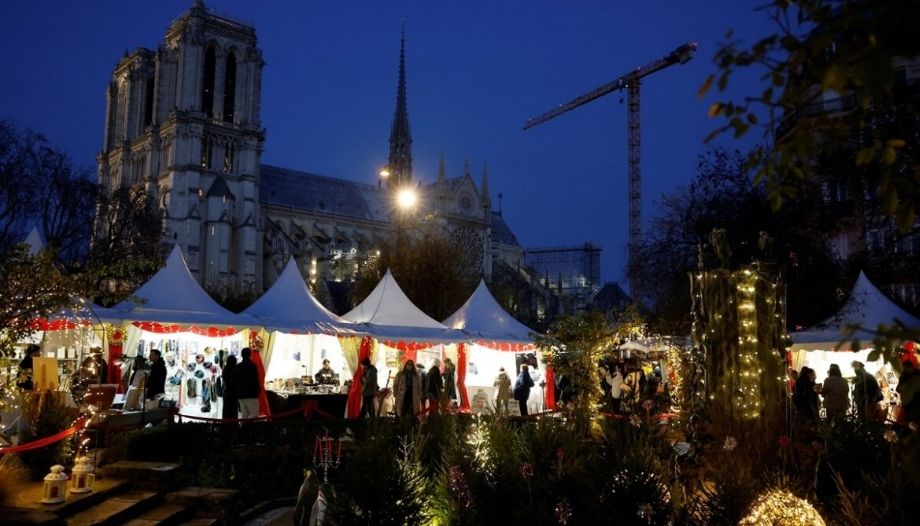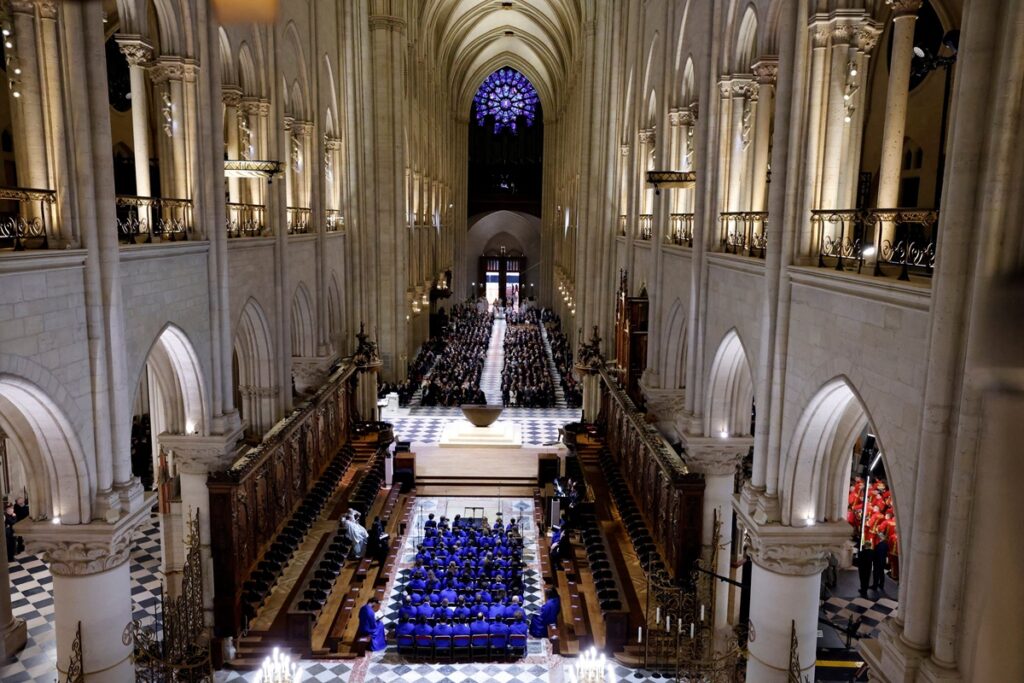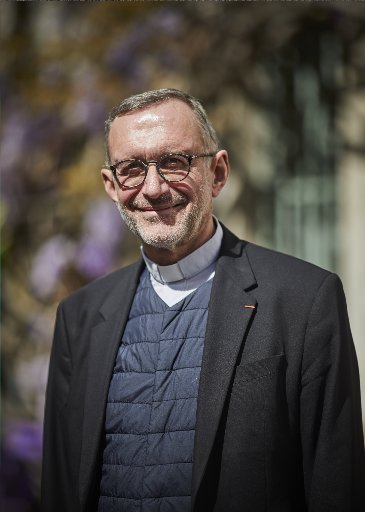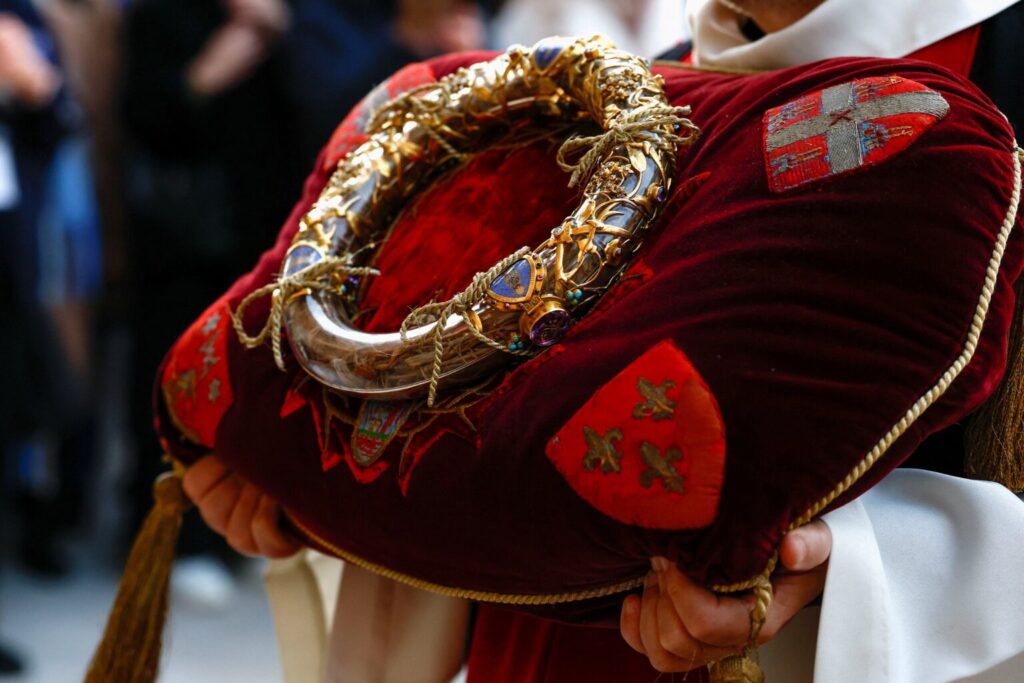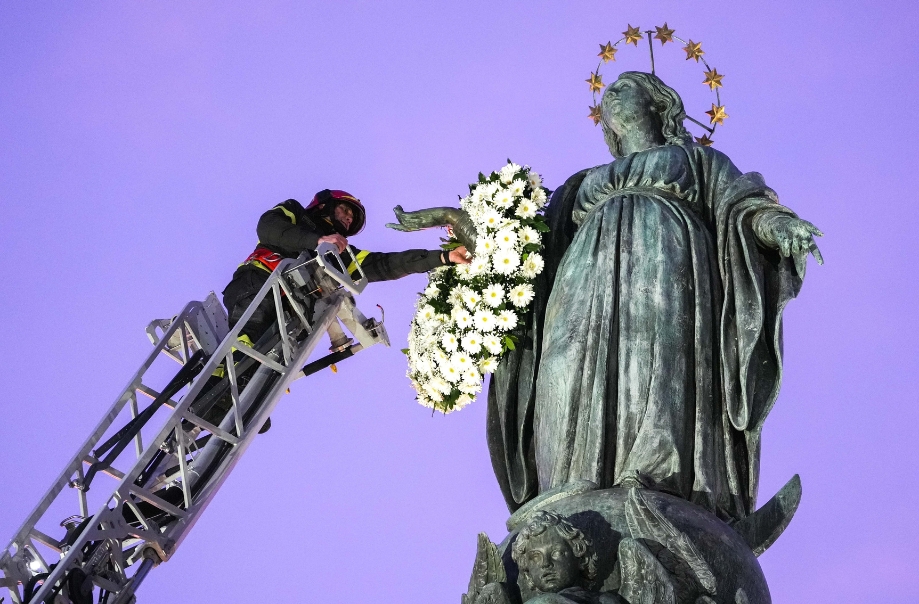There is a close relationship between the annual declaration of the St. Peter's obolus and the balance sheet of the Istituto delle Opere di Religione, the so-called "Vatican bank". Because the Obolo is destined to the charity of the Pope, but this charity is also expressed in the support of the structure of the Roman Curia, an immense "missionary budget" that has expenses, but not so many incomes, and that must continue to pay salaries. And because the IOR, for some time now, has been making a voluntary contribution of its profits precisely to the Pope, and these profits serve to lighten the budget of the Holy See.
For years the IOR has not had the same benefits as in the past, so that the portion allocated to the Pope has decreased over the years. The same situation applies to the Obolo, whose income has decreased over the years, and which has also had to face this decrease in the IOR's support. So much so that in 2022 it had to double its income with a general divestment of assets.
That is why the two budgets, published last month, are somehow connected. After all, the Vatican finances have always been connected, and everything contributes to helping the Pope's mission.
But let's look at the two budgets in more detail.
The St. Peter's Oblong
Last June 29, the St. Peter's Oblates presented their annual balance sheet. Revenues were 52 million, but expenses amounted to 103.4 million, of which 90 million were for the apostolic mission of the Holy Father. Included in the mission are the expenses of the Curia, which amount to 370.4 million. The Obolo thus contributes 24% to the budget of the Curia.
Only 13 million went to charitable works, to which, however, must be added donations from Pope Francis through other dicasteries of the Holy See totaling 32 million, 8 of which were financed directly through the obolo.
In summary, between the Obolus Fund and the funds of the dicasteries financed in part by the Obolus, the Pope's charity financed 236 projects, for a total of 45 million. However, the balance deserves some observations.
Is this the true use of the St. Peter's Obligation, which is often associated with the Pope's charity? Yes, because the very purpose of the Obligation is to support the mission of the Church, and it was defined in modern terms in 1870, after the Holy See lost the Papal States and had no more income to run the machine.
That said, it is interesting that the budget of the Obolus can also be deducted from the budget of the Curia. Of the 370.4 million of budgeted funds, 38.9% is earmarked for local Churches in difficulty and in specific contexts of evangelization, amounting to 144.2 million.
Funds earmarked for worship and evangelization amount to 48.4 million, or 13.1%.
Dissemination of the message, that is, the entire Vatican communication sector, represents 12.1% of the budget, with a total of 44.8 million.
37 million (10.9% of the budget) was allocated to support the apostolic nunciatures, while 31.9 million (8.6% of the total) went to the service of charity - precisely the money donated by Pope Francis through the dicasteries -, 20.3 million to the organization of ecclesial life, 17.4 million to the historical heritage, 10.2 million to academic institutions, 6.8 million to human development, 4.2 million to Education, Science and Culture and 5.2 million to Life and Family.
Income, as mentioned above, amounted to 52 million euros, 48.4 million of which were donations. Last year there were fewer donations (43.5 million euros), but income, thanks to the sale of real estate, amounted to 107 million euros. Interestingly, there are 3.6 million euros of income from financial returns.
As for donations, 31.2 million came from direct collection by dioceses, 21 million from private donors, 13.9 million from foundations and 1.2 million from religious orders.
The countries that donate the most are the United States (13.6 million), Italy (3.1 million), Brazil (1.9 million), Germany and South Korea (1.3 million), France (1.6 million), Mexico and Ireland (0.9 million), Czech Republic and Spain (0.8 million).
IOR balance sheet
The IOR 13 million to the Holy See, compared to a net profit of 30.6 million euros.
The profits represent a significant improvement over the €29.6 million in 2022. However, it is necessary to compare the figures: they range from the 86.6 million profit declared in 2012 - which quadrupled the previous year's earnings - to 66.9 million in the 2013 report, 69.3 million in the 2014 report, 16.1 million in the 2015 report, 33 million in the 2016 report and 31.9 million in the 2017 report, to 17.5 million in 2018.
The 2019 report, meanwhile, quantifies profits at 38 million, also attributed to the favorable market.
In 2020, the year of the COVID crisis, the profit was slightly lower at 36.4 million.
But in the first post-pandemic year, a 2021 still unaffected by the war in Ukraine, it returned to a negative trend, with a profit of only €18.1 million, and only in 2022 did it return to the €30 million barrier.
The IOR 2023 report speaks of 107 employees and 12,361 customers, but also of an increase in customer deposits: +4% to €5.4 billion. The number of clients continues to fall (they were 12,759 in 2022, even 14,519 in 2021), but this time the number of employees also decreases: they were 117 in 2022, they are 107 in 2023.
Thus, the negative trend of clients continues, which should give us pause for thought, bearing in mind that the screening of accounts deemed not compatible with the IOR's mission ended some time ago.
Now, the IOR is also called upon to participate in the reform of Vatican finances desired by Pope Francis.
Jean-Baptiste de Franssu, president of the Council of Superintendence, highlights in his management letter the numerous accolades the IOR has received for its work in favor of transparency over the past decade, and announces: "The Institute, under the supervision of the Authority for Supervision and Financial Information (ASIF), is therefore ready to play its part in the process of centralizing all Vatican assets, in accordance with the Holy Father's instructions and taking into account the latest regulatory developments.
The IOR team is eager to collaborate with all Vatican dicasteries, with the Administration of the Patrimony of the Apostolic See (APSA) and to work with the Investment Committee to further develop the ethical principles of FCI (Faith Consistent Investment) in accordance with the Church's social doctrine. It is crucial that the Vatican be seen as a point of reference."





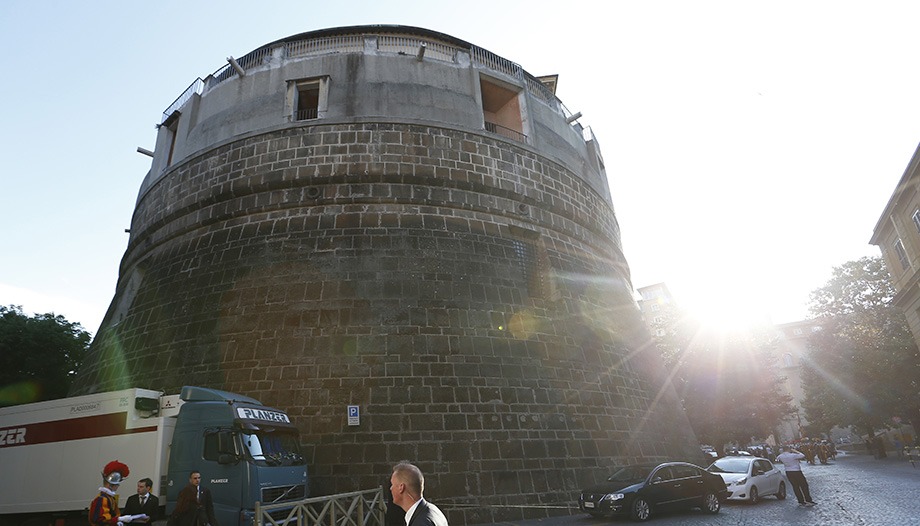
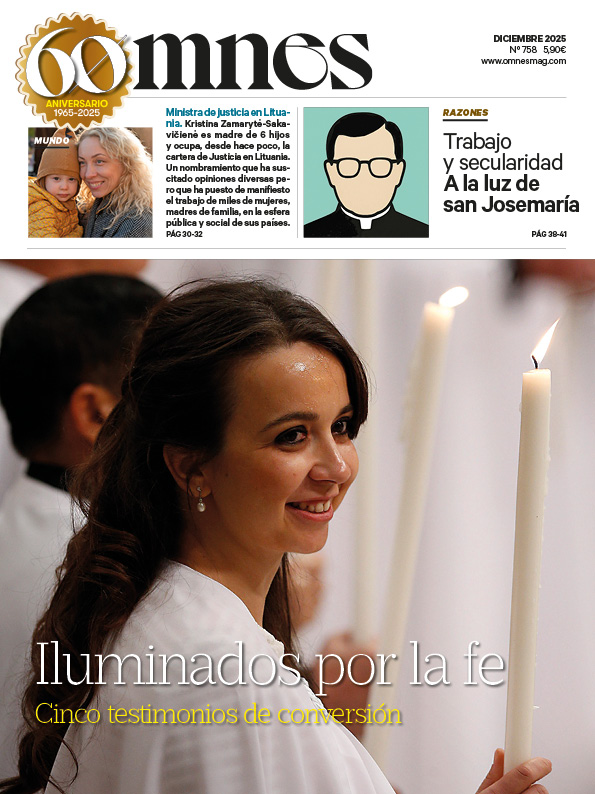


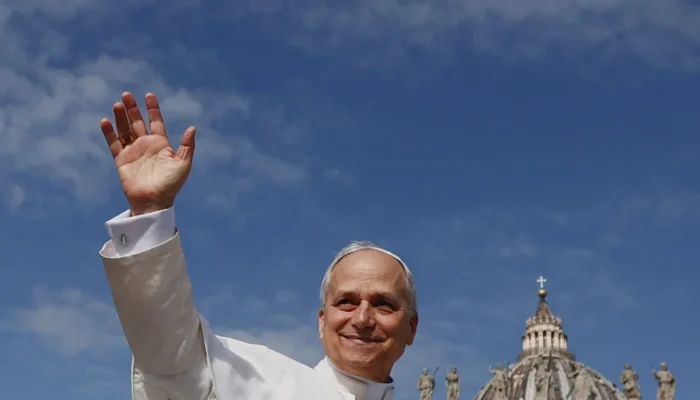
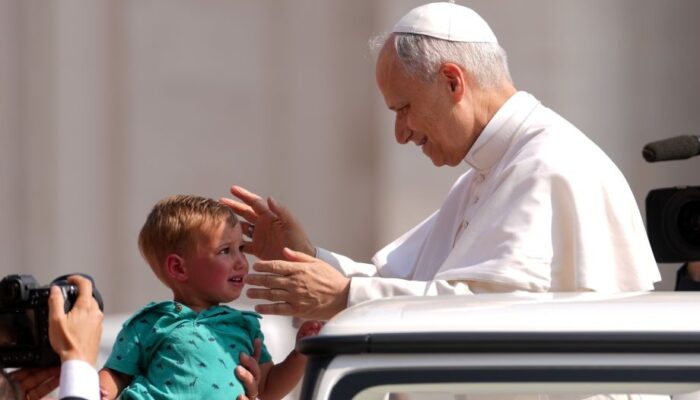
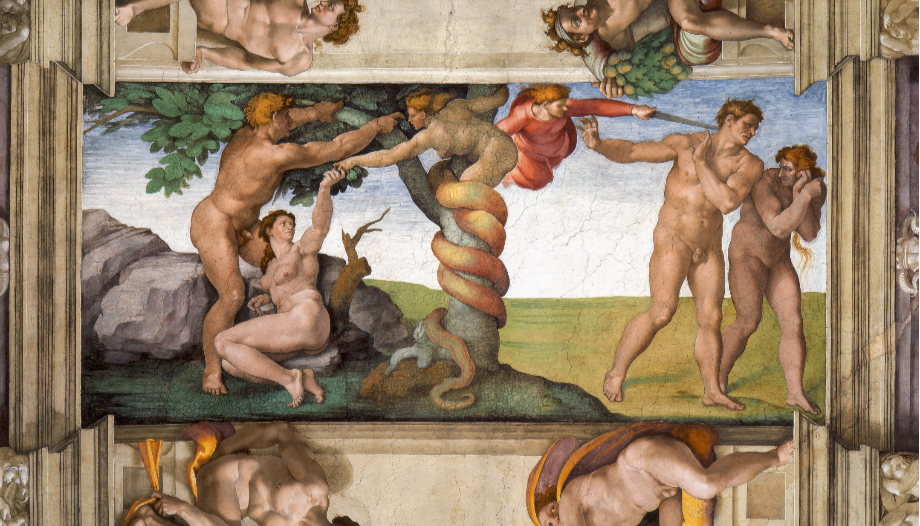
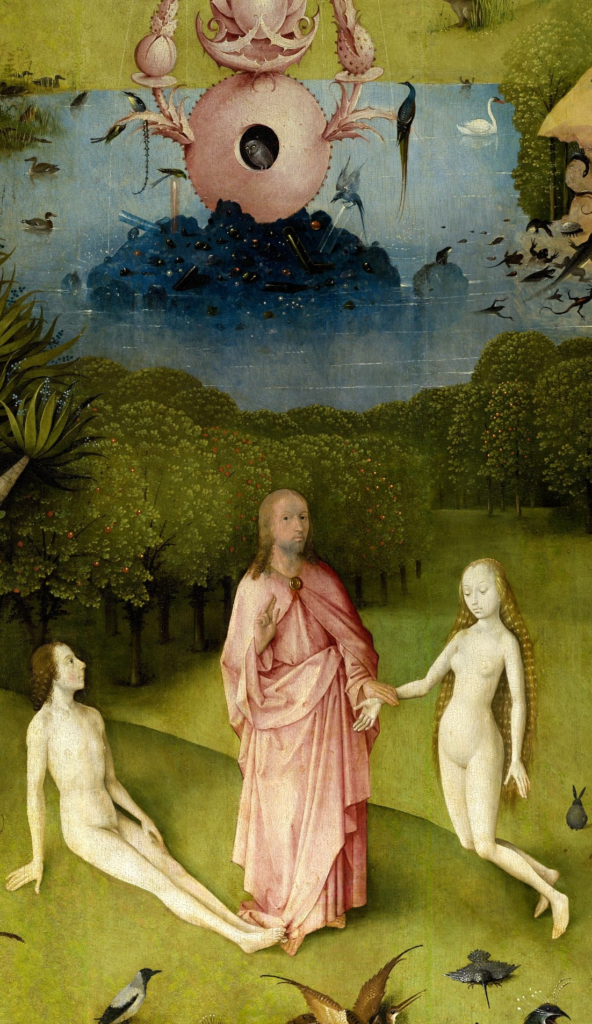


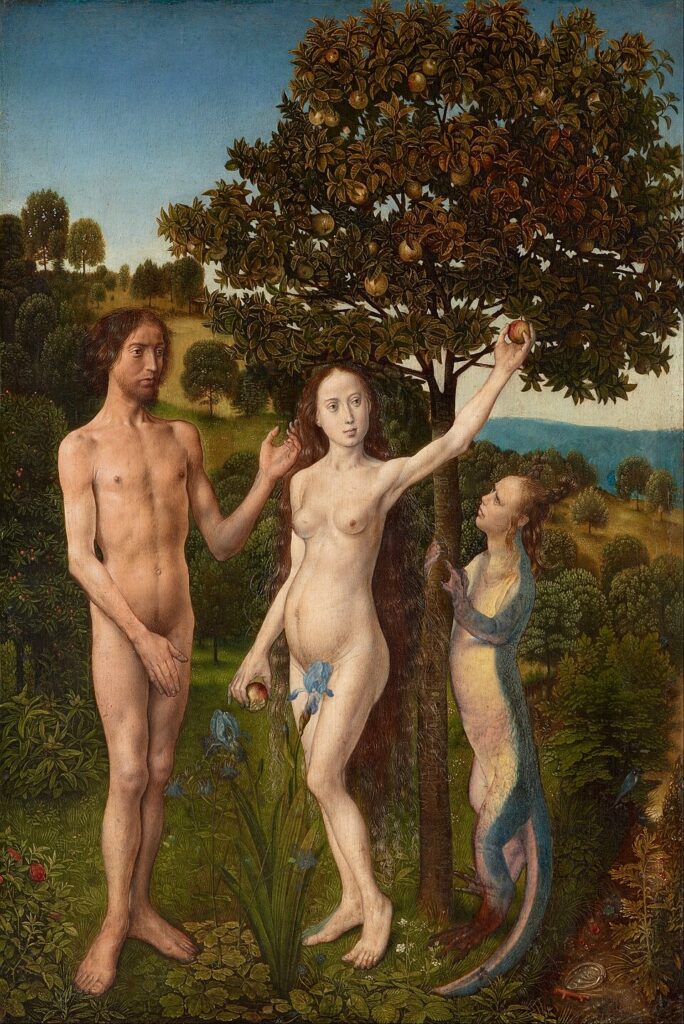
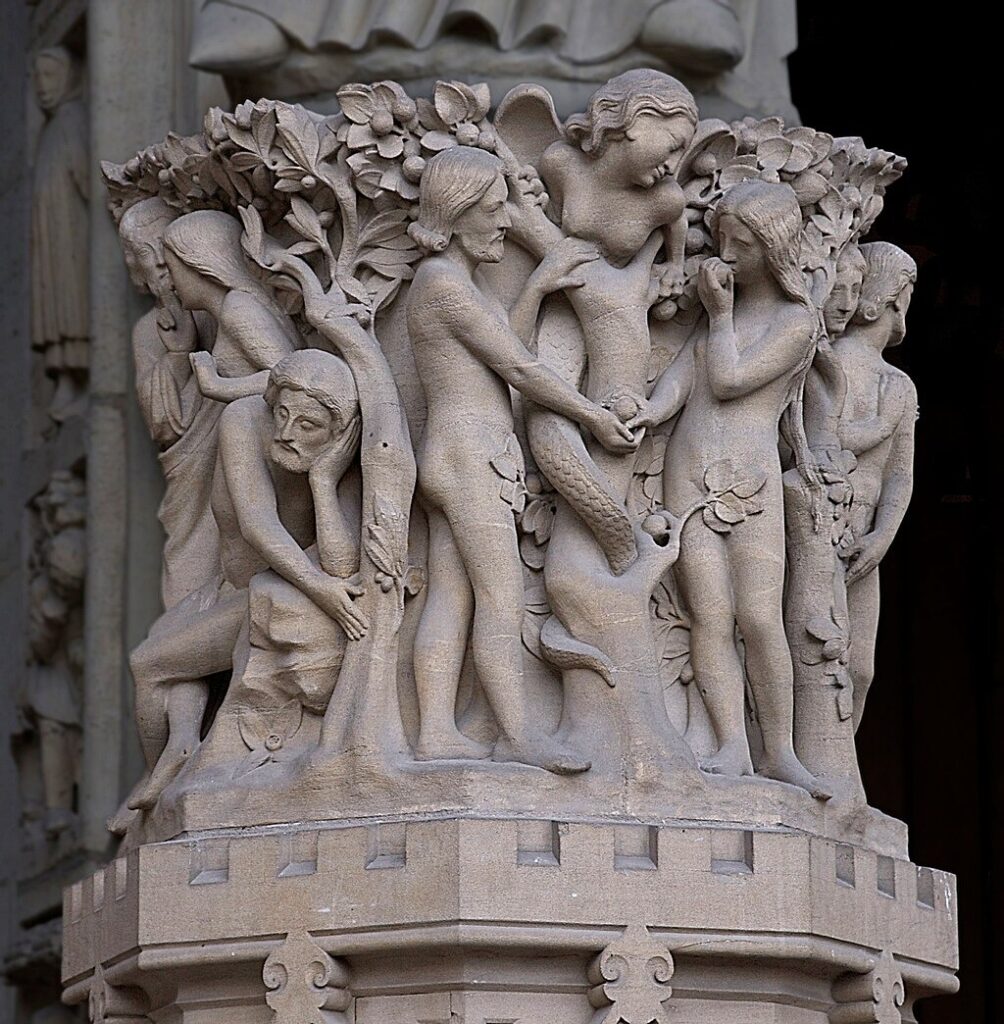

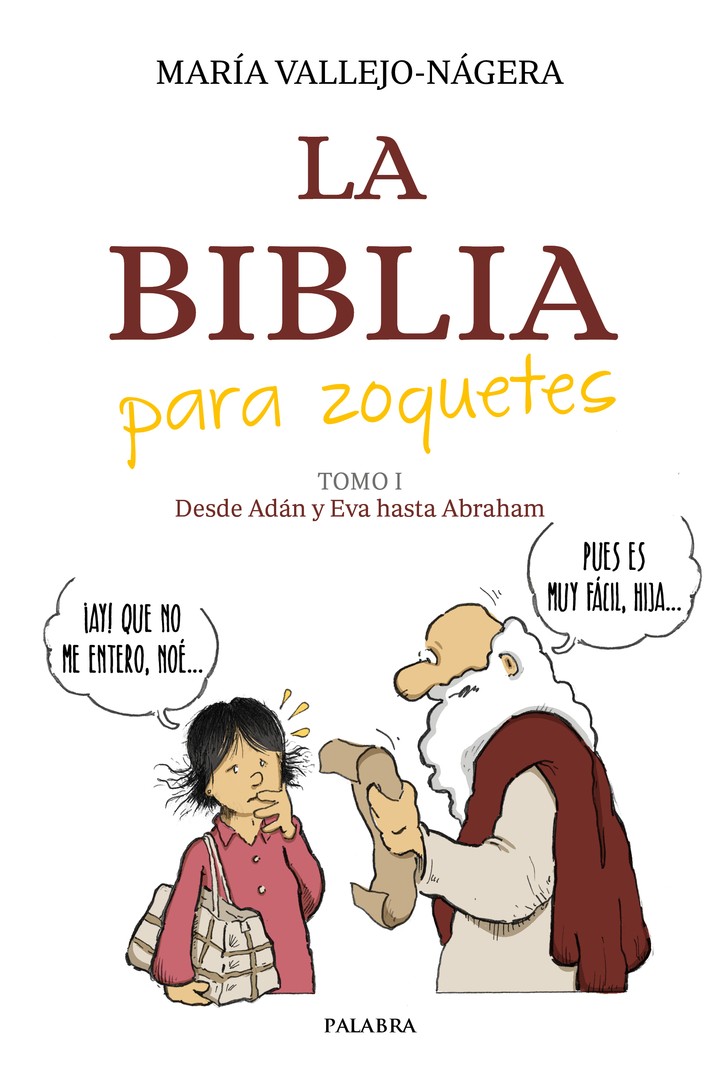
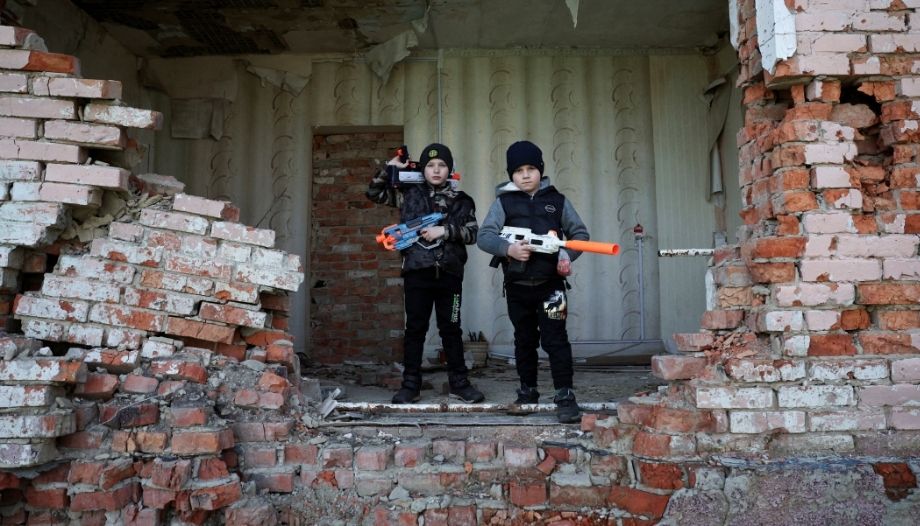
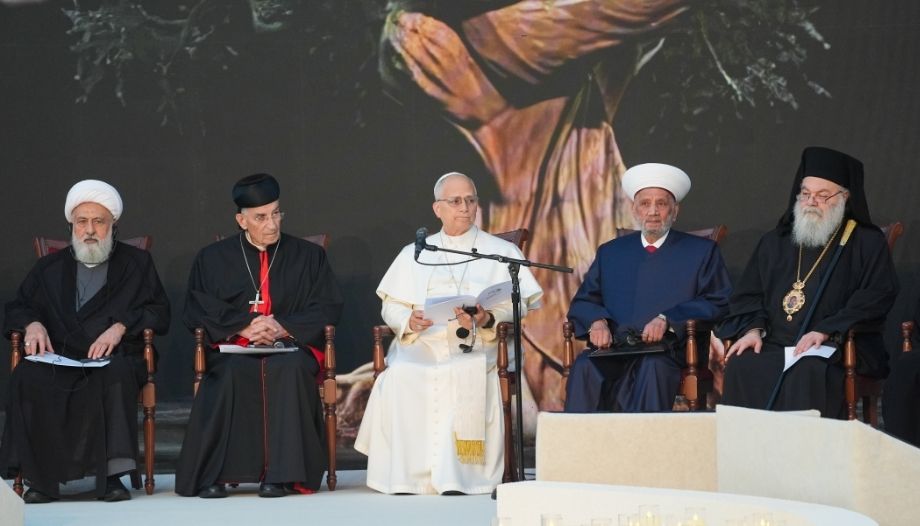
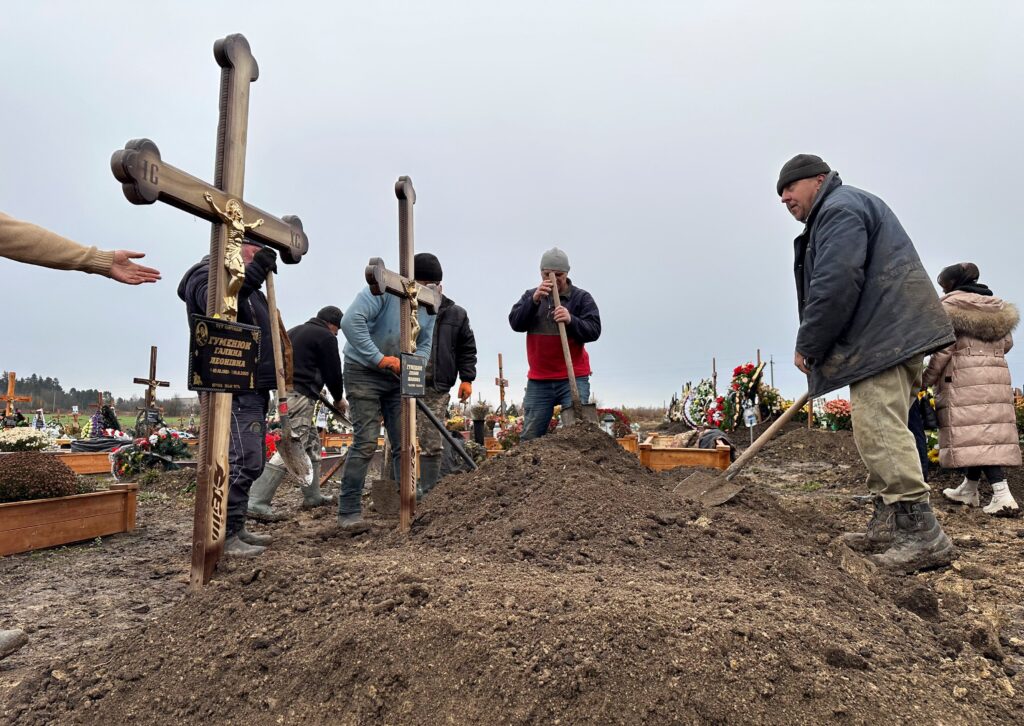
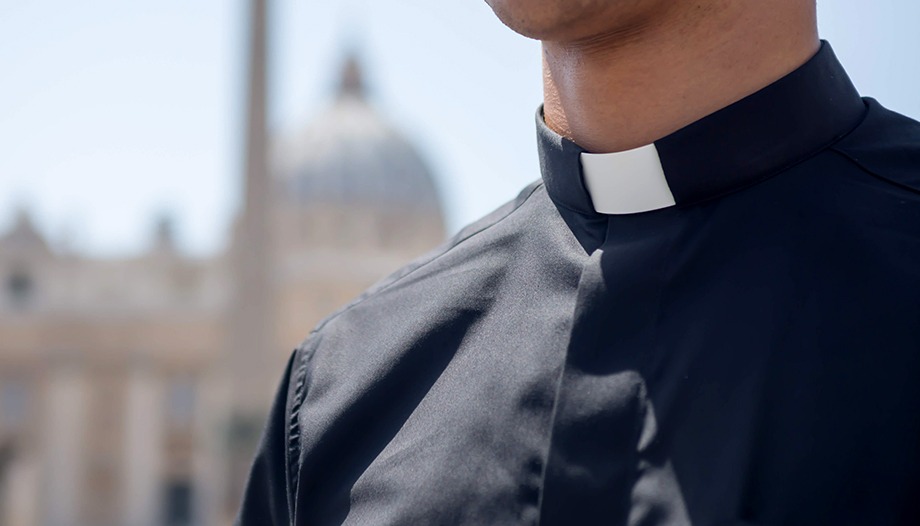
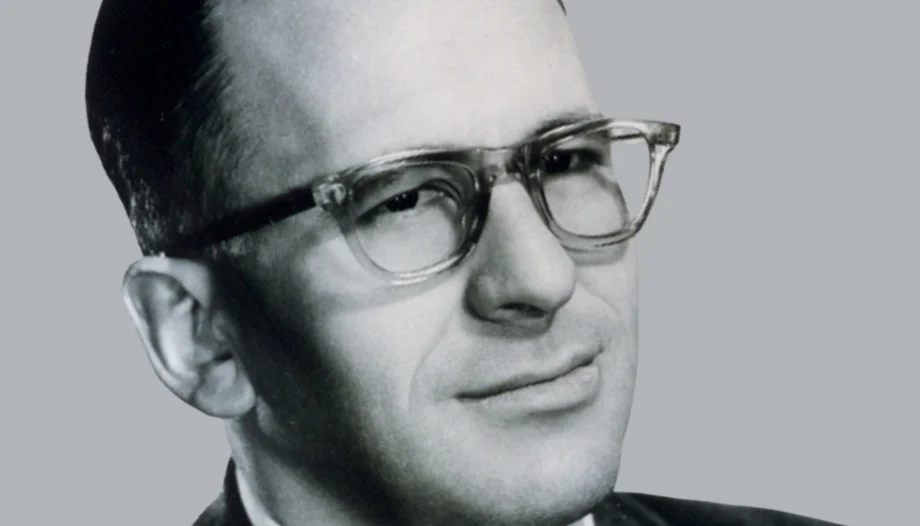
 Silvia Bulla: "Enrique Shaw left a legacy of living the Social Doctrine of the Church".
Silvia Bulla: "Enrique Shaw left a legacy of living the Social Doctrine of the Church".


